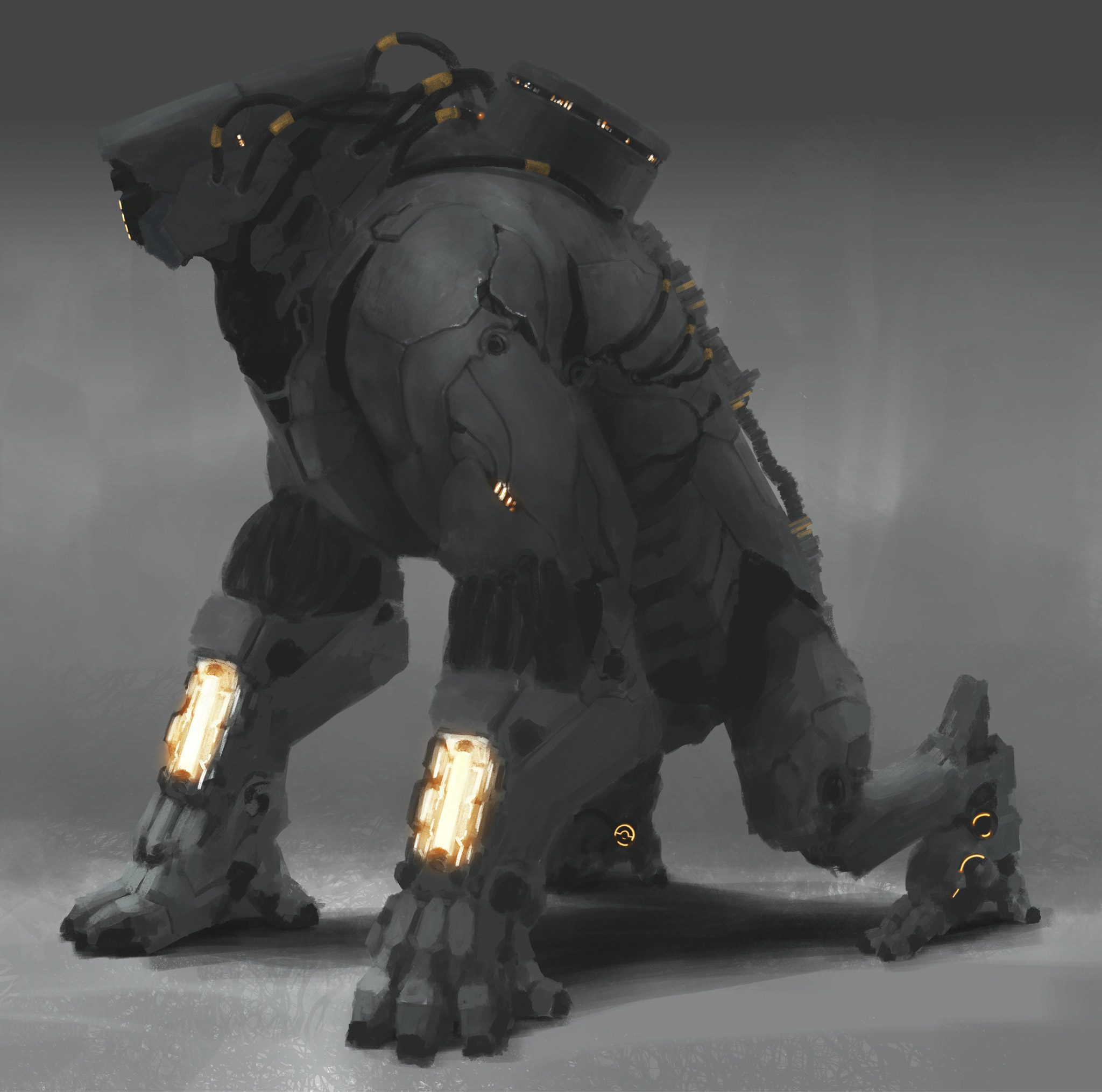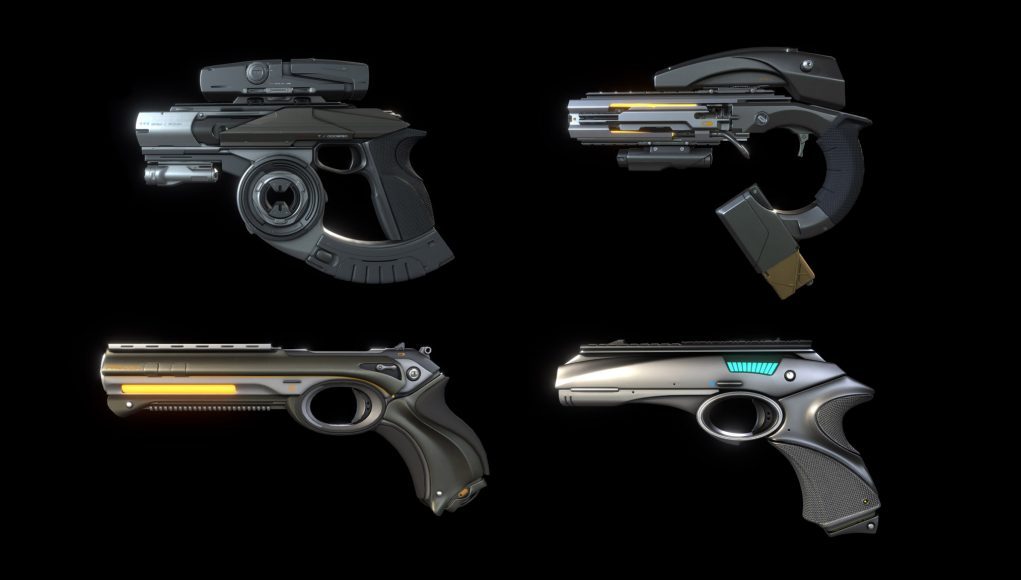ARKTIKA.1, now in development for more than two years, is shaping up to be a gritty VR shooter with a AAA look and feel. Ahead of the game’s launch on the Oculus Rift we spoke with the game’s executive producer, Jon Bloch, to peer inside the making of the game.
Familiar Inspiration
If you’ve played any of 4A Games’ Metro franchise—all set in a post-apocalyptic Russian wasteland—you won’t be surprised to find that the studio was founded in Kiev, Ukraine. And though Arktika.1 isn’t part of the Metro universe, and despite the fact that the company’s main headquarters moved to Malta in 2014, the studio is sticking to its guns for their first VR game, building out a new universe, but one which still very much influenced by the region.
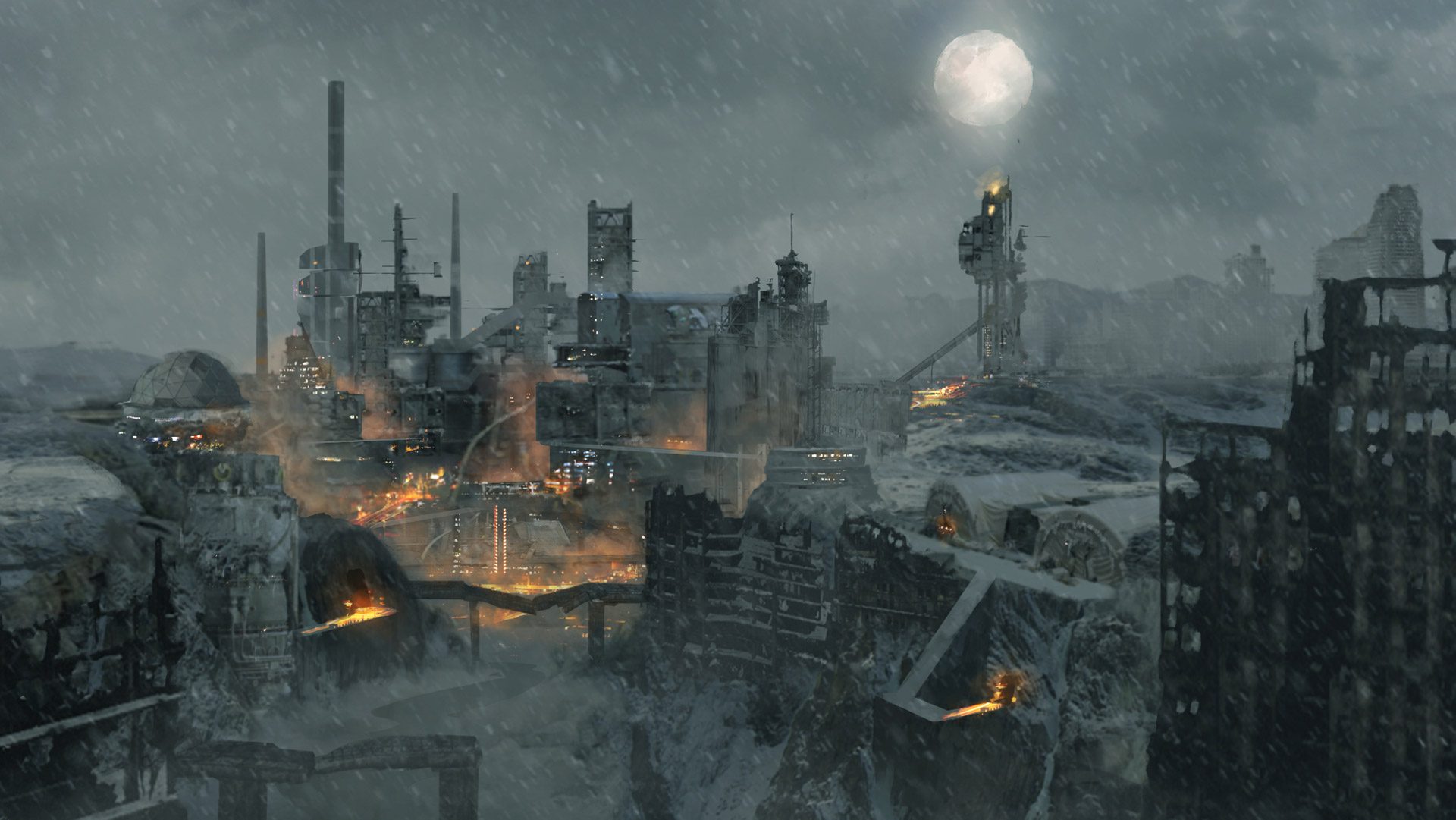
Marketing materials for the game give an indication of the setting:
Nearly a century in the future, the world has fallen into a new ice age in the aftermath of a silent apocalypse. Only the equatorial regions remain habitable, yet pockets of humanity survive in small numbers all over the planet, hanging onto existence in the resource-rich territories to the north and south—resources that everyone wants to control…
“There were a number of things that we wanted to do [in VR]. We’d prototyped a number of different ideas and we kind of came back around… some of the ideas went kind of left field,” Jon Bloch, Executive Producer on Arktika.1, told me. “We wanted to stick within what we know really well, because venturing out into this new territory of VR, it seemed to make sense to have some sort of pillar to build everything around, and that pillar should be something that we’re familiar with. So we wanted to ground it in stuff that we do really well already and so that means post-apocalyptic Russian shooter.”
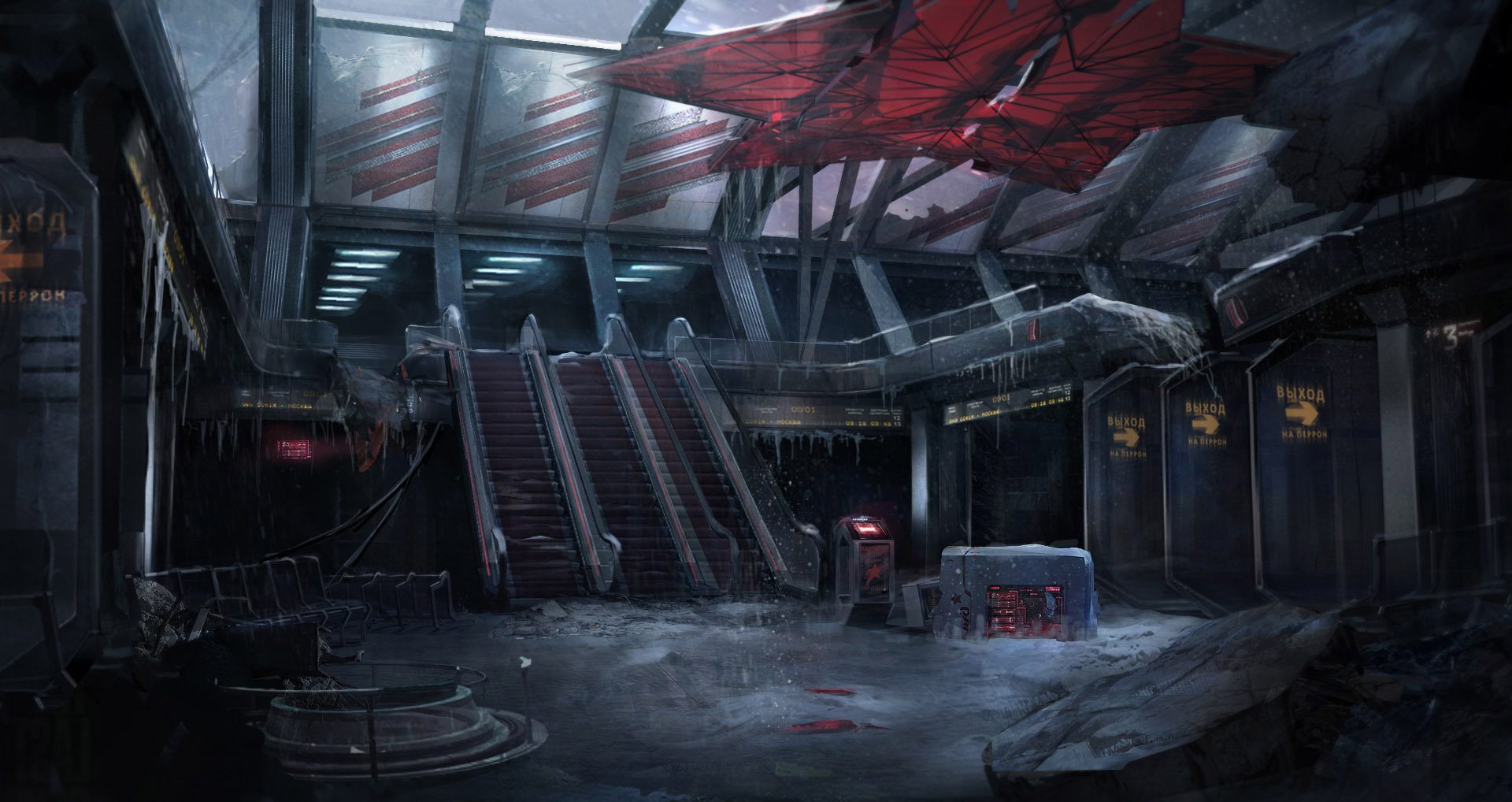
But beyond that familiar foundation, Bloch says the studio wanted to take advantage of the unique capabilities of VR.
Touch Made 4A Games Pull the Trigger
Arktika.1 has been in development for more than two years, though Bloch says that the studio had been flirting with Oculus for nearly three years, since the Rift DK2 era. At the time the studio hadn’t yet committed to making a VR game, nor were Oculus’ Touch controllers on the map just yet.
Bloch recalls that Oculus’ VP of Content, Jason Rubin—who knew the studio well as the former president of THQ—had invited some studio members to come see Touch for the first time.
“They contacted us and said ‘hey come check [Touch] out’. So we had some people go over and check out some demos… I believe it was maybe at Paris Games week… the people that went were hooked and they came back and said to everybody else here, ‘Hey guys, you have to check this out, we have to do something for it. This is really really cool’.”
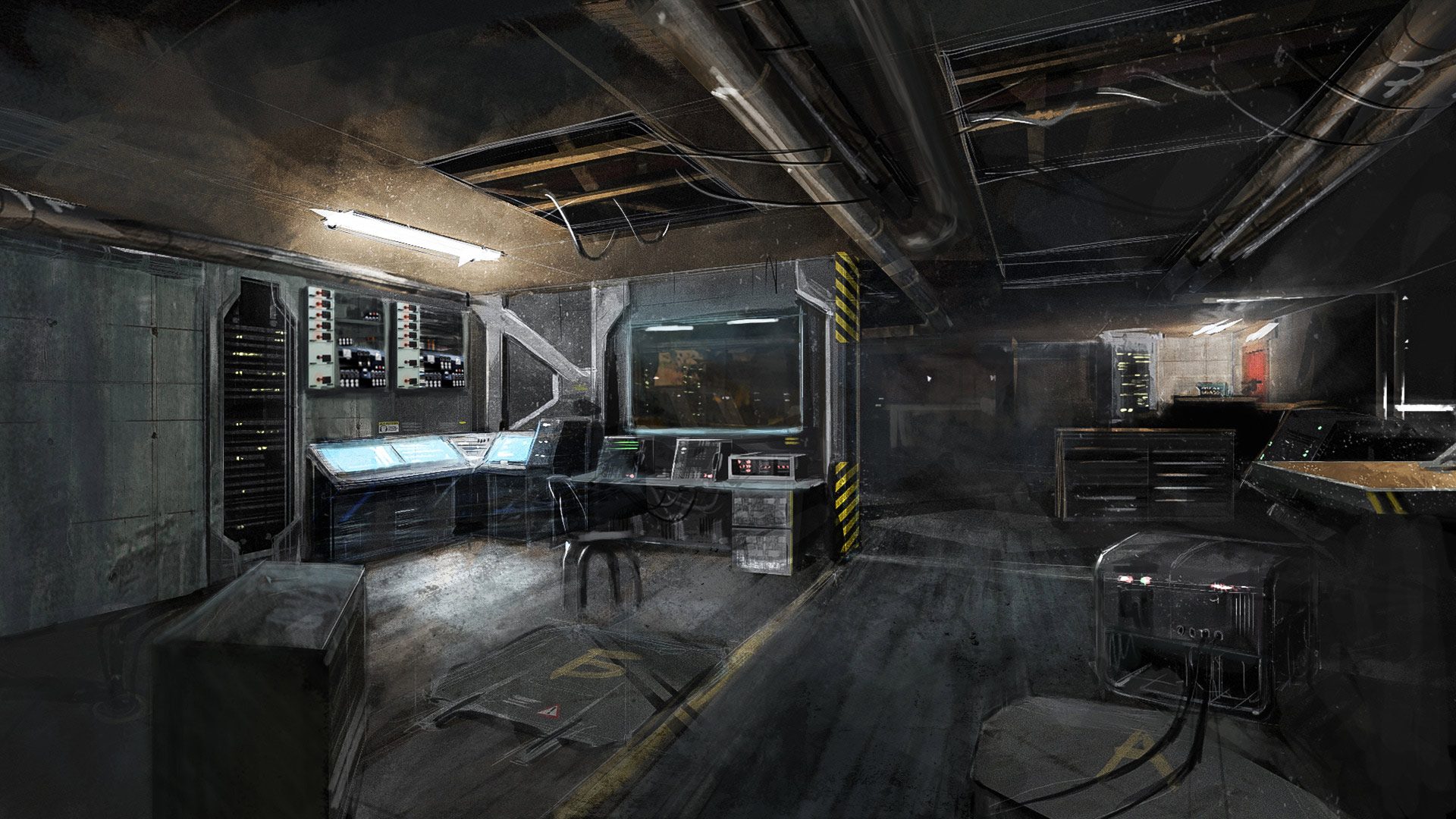
Among the studio’s early VR experiments was even a story-driven puzzle game. But once Touch was in the picture, it was clear that a shooter would be ideal, and that AAA production values were on the table right away.
“Going back to another one of our [studio’s] pillars, which is story driven content, we knew we wanted to wrap a story around it. And we started developing that and tried to find ways that we can weave all these little bits and experiences into a story and into a more cohesive experience,” Bloch told me. “And we also knew that we wanted to make something that was AAA quality and AAA scope, particularly for VR, where even today much of the space is still short to medium length experiences.”
